Some call these the Pia Tribes. As you can see, all end with 'pia'. They range from Payson, west to the Colorado River, north to the Grand Canyon in Arizona. And they were all passive tribes, unless bothered. Before I get started, I want to thank four different artist. I recorded at the Heard Museum this past week-end. Ernest W. Honanie from Kykotsmove, on Third Mesa. Is a Hopi Kachina carver and jeweler. Who I hope will be my first guest. When I start my show on Inception Radio. http://www.youtube.com/watch?v=Y1PDNMpEgm8 Next a young Hopi artist I meet along with his mother last summer in Flagstaff. Ahkima Honyumptewa of Bacavi on Third Mesa. Is a great painter, Kachina carver and weaver. He has asked me to come up this summer. So he can take to some ancient Hopi petroglyphs he knows about. He says you can see the "Alien" connection to the Hopi clearly in the petroglyphs. http://www.youtube.com/watch?v=IAbAYAdEstE Last is Ishkoten Dougi and his mom, Paula Friday. They are Jicarilla Apache and live in Dulce New Mexico. They are both artist also. Dulce has many rumors swirlling around it. About it being a secret "Alien" underground base. You'll love hearing what Ishkoten and his mom have to say about that. http://www.youtube.com/watch?v=Y1PDNMpEgm8 Also want to thank the Heard Museum for letting me have free range. To record who I please during there events.
Havasupai (hah-vah-SOO-pie) are called the, 'peoples of the blue green water'. They occupy a area on the western end of the Grand Canyon. Which is know for it's beautiful streams, canyons and water falls. They have occupied the are since 1100 AD. The Havasupi learned to cultivate there lands. They grew corn, beans,squash, melons, sunflowers and tobacco. They also hunted small game animals. They were able to occupy the area year-round. Like most tribes in the Arizona area. They built stick, brush and mud round shaped homes. They also built sweathouses and communal clubhouses. The Havasupia traded with the Hopi. Who were not that far away. Plus the Hopi made annual trips to the Grand Canyon for ceremonial purposes. The traded deer skins, salt, and red mineral paint for agricultural products, pottery and cloth.
After summer harvest the Havasuipia would climb the walls of the Grand Canyon. Up too the plateau to hunt for. Mountain lions, wildcats, deer, mountain sheep and antelope. They lived in temporary shelters, and hunted with bows and arrows. They also gathered pinion nuts, edible seeds from the pine trees on the upper plateau.
They wore buckskins because of the colder climate of the Grand Canyon area. They painted and tattooed there faces. Like most all of the other Native American tribes. The Shamans organized ceremonial gathers. Like the Hopi they made prayer sticks. And had dances to invoke the Spirits. There first meeting of the outside world was with the Spaniard Father Francisco Garces in 1776. With nothing to offer the Spaniards (nothing for them to steal). They were left alone, until the 1800s. The Havasupia occupy today a reservation that was created in 1880. Which is located 3,000 feet below the Grand Canyon rim.
Yavapai (yah-vuh-pie) 'people of the Sun'. They lived in a area between Payson, Prescott and over to the Colorado rivers area. They are linked to the Tonto Apaches. (To whom they inter-married with.) More than there cousins the Havasupia to the north of them.
The Yavapai were a nomadic people. Traveling in families or small bands. There movement correlated to the ripening of the plants they ate. Such as mescal and cactus fruits. They built dome shaped wicki-ups (sticks, brush, mud). The Yavapai were basket and potttery makers. With Shamans being there spiritual leaders. A branch of the Yavapai were farmers. Who lived farther to the south. They grew the same basic crops as other Arizona tribes did.
The Yavapai made contact with the Spaniard in 1582 (Antonio de Espejo). The Yavapai were strongly independent. And resisted working for the Catholic missionaries. And would raid white settlements in the area. There resistance climaxed in 1872. During the General Crook's Tonto Basin Campaign (Payson area). Crook's scouts located a war band of both Yavapai and Apache. Near Salt River Canyon and the Mazatzal Mountains (south of Payson). The battle became known as the, 'Battle of Skull Cave'. With the Yavapai and the Apache held up in the cave. Crook had his men shoot bullets into the cave. The bullets ricocheted off the cave walls killing many of the tribal members. As the tribal members escaped the cave. Boulders were rolled down on to the Yavapai and Apache warriors. 75 tribal members were killed that day.
The government eventually settled the Yavapai and Apache members. Into a area kown as the Verde Valley today. And the Apache were also sent to San Carlos reservation. Before the Yavapai settled into the Camp Verde area. They were in places such as Fort McDowell, Camp Verde and Fort Whipple. In 1935 a reservation was made in the north Prescott area. It is now known as the Yavapai Reservation. The Yavapai-Apache Nation at Camp Verde, is another reservation established in the area.
"God" bless bye
Subscribe to:
Post Comments (Atom)
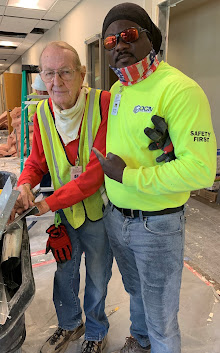












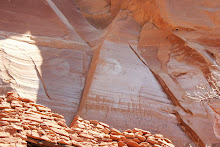
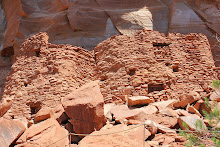













































































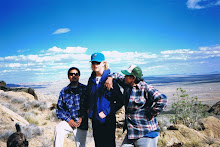
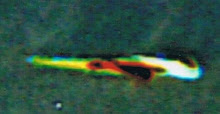
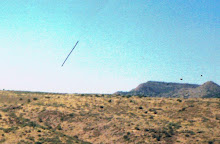

+Lonnie+001.jpg)
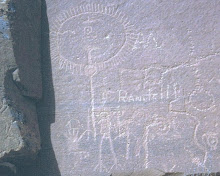
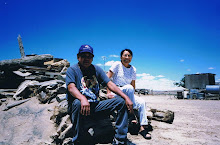
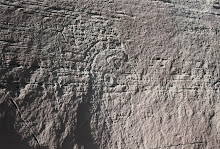
No comments:
Post a Comment